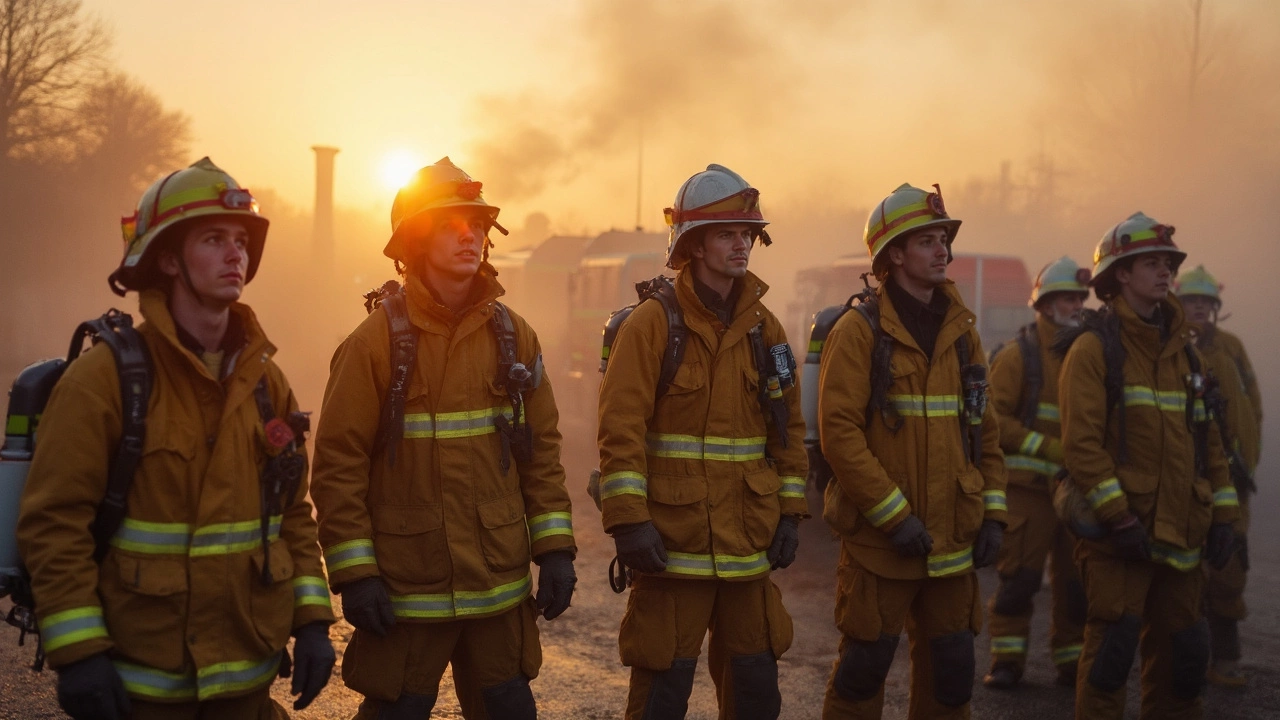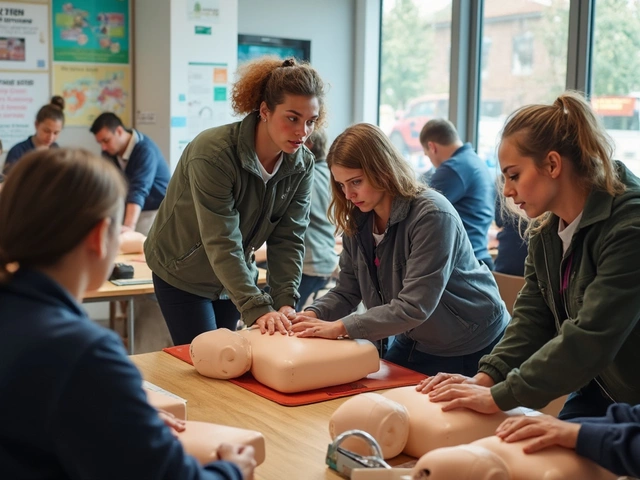Fire Academy Length: How Long Does Training Really Take?
Thinking about joining the fire service? The first question on most people’s mind is how long you’ll spend in the academy. The answer isn’t one‑size‑fits‑all. Length depends on where you train, the type of program, and the schedule you choose.
Typical Lengths by Region
In the United Kingdom, most fire academies run a 12‑to‑16‑week full‑time course for entry‑level firefighters. The curriculum blends classroom theory, fire safety law, and hands‑on drills. Some brigades add a 6‑month part‑time option for people who need to keep a day job while they train.
Across the United States, the picture varies more. A basic firefighter I course can be as short as 12 weeks for a full‑time, non‑union department. Larger city fire departments often require a 6‑month to 1‑year program that includes EMT certification, hazardous materials training, and advanced rescue techniques.
Canada’s fire academies typically sit between 8 and 12 weeks for a basic certification, but adding specialized tracks – like wild‑fire or high‑rise rescue – can extend the timeline by another few months.
How to Shorten Your Fire Academy Journey
If you’re eager to get on the job, there are ways to trim the training period without cutting corners. First, check if you already hold relevant certifications such as EMT‑Basic or CPR. Those credits often count toward the academy’s health‑and‑safety modules.
Second, consider a part‑time or accelerated schedule. Some fire departments offer night‑time classes that let you finish faster if you can handle the intense workload.
Third, stay on top of the physical fitness requirements. Most academies have a fitness test at the start; passing it early means you won’t have to repeat drills that could delay graduation.
Lastly, use online resources for the theory portion. Many schools now let you study fire codes, incident command, and hazard identification through e‑learning modules, freeing up classroom time for practical skills.
In short, a fire academy can take anywhere from 8 weeks to a year, depending on location, program depth, and your existing credentials. Knowing the options helps you pick the path that fits your schedule and career goals.




